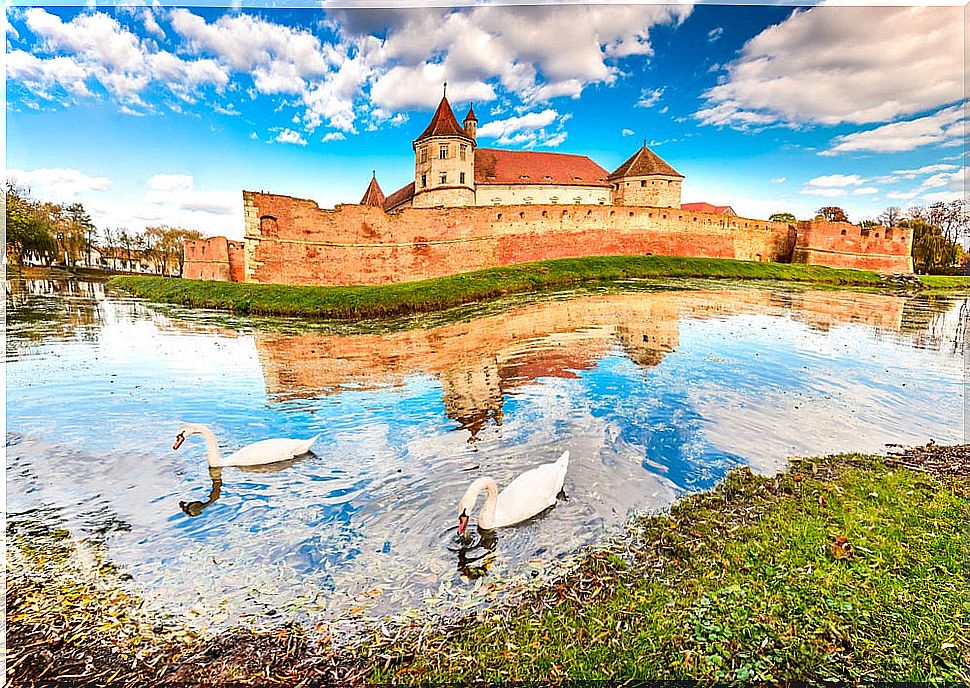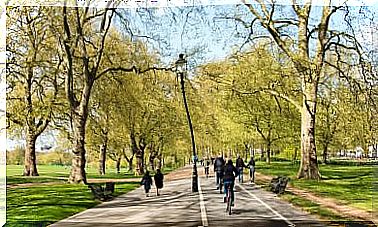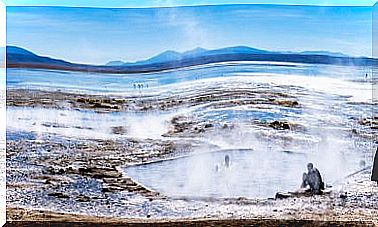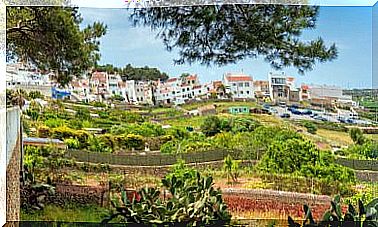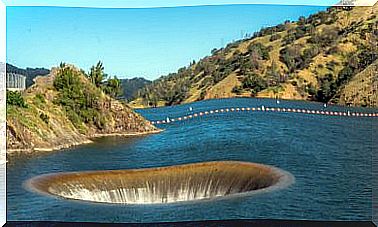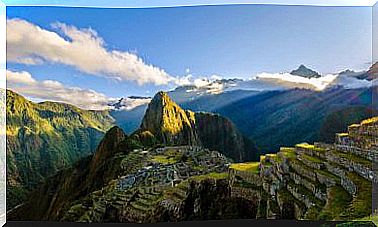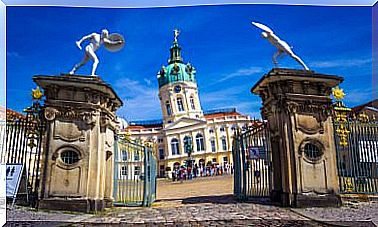The Gothic Style Of Transylvania: The Places You Should Know
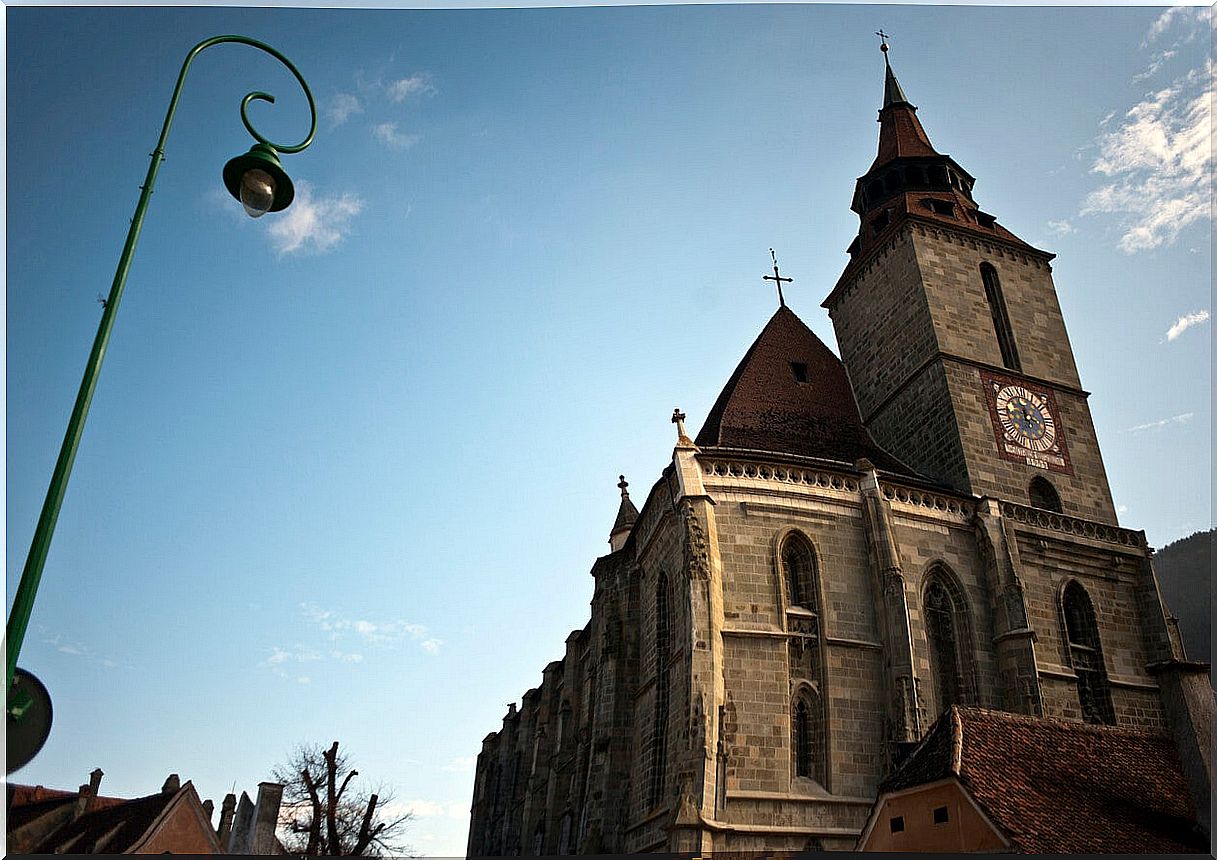
The Gothic style of Transylvania is one of the most cited reasons to visit this country. It is a style very widespread in the region, which has some of the best examples of military and religious architecture from the 13th century. Its introduction in Romania and mainly in Transylvania, came from the hand of Cistercian monks.
These arrived from France in order to build monastic settlements throughout the Hungarian Kingdom. Do you want to know more about the Gothic of this region?
Brief history of the Transylvanian Gothic style
As we have commented previously, we must thank the Cistercian monks for having introduced the Gothic style in Transylvania, since they were the ones who built the church of the Cârţa Monastery, between 1202 and 1205.
Around this time, the authorities of the Kingdom of Hungary moved to the area at the express request of the Teutonic knights, all with the help of the Saxon settlers. And the estates of power internalized the Gothic style and improved it, in such a way that they left exceptional pieces of Gothic style architecture in Transylvania.
The Saxon settlers raised various settlements and buildings in cities of the Transylvanian region such as Brasov, Sibiu, Cluj, Medias, Dej and Sighisoara. In this region we can find a large number of Saxon Gothic churches and around more than 200 Gothic buildings.
Characteristics of the Transylvanian Gothic style
These Gothic constructions stand out, in their great majority, for being of a religious type. Specifically, they are fortified churches and monasteries, as they are surrounded by walls and towers that served in case of attacks and invasions.
Over the years, the link between the German settlers settled in Transylvania and the Gothic buildings of the German area and the Kingdom of Bohemia became closer. Cities like Nuremberg or Prague are a clear example of the importance of the Transylvanian Gothic style ; hence we find a mixture of styles from both regions converging in this region.
Main examples of this architecture in the area
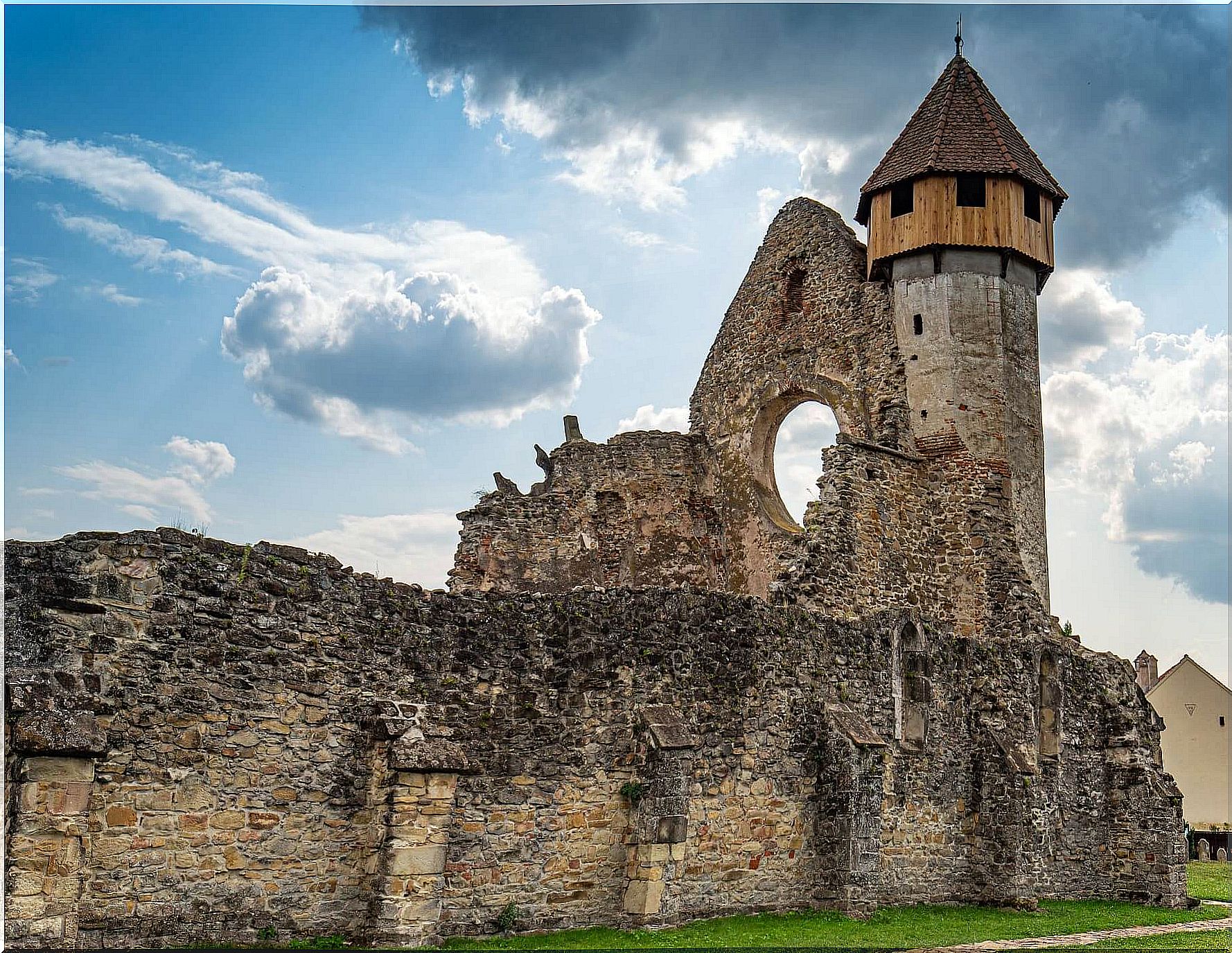
When we talk about specific cases of this style in this area of Romania, we can cite the following cases:
Cârţa Monastery
Located in the Ţara Fagarasului region, on the right bank of the Olt river, this monastery – pictured above – is located at the top of Începutul Speranței, very close to the town of Cârţa. It was built by the Cistercian monks, and is currently consecrated as an Evangelical Lutheran Church.
Its construction took place around the year 1205, and its use varied constantly over the years. After the Brasov monastery and the famous Bran Castle, this complex is one of the most visited tourist destinations in the area.
His fame is not only due to his beautiful architecture, as the legends around him have also brought him worldwide fame. It is said that the souls of the first Cistercian monks who inhabited it continue to roam the monastery.
Bran Castle
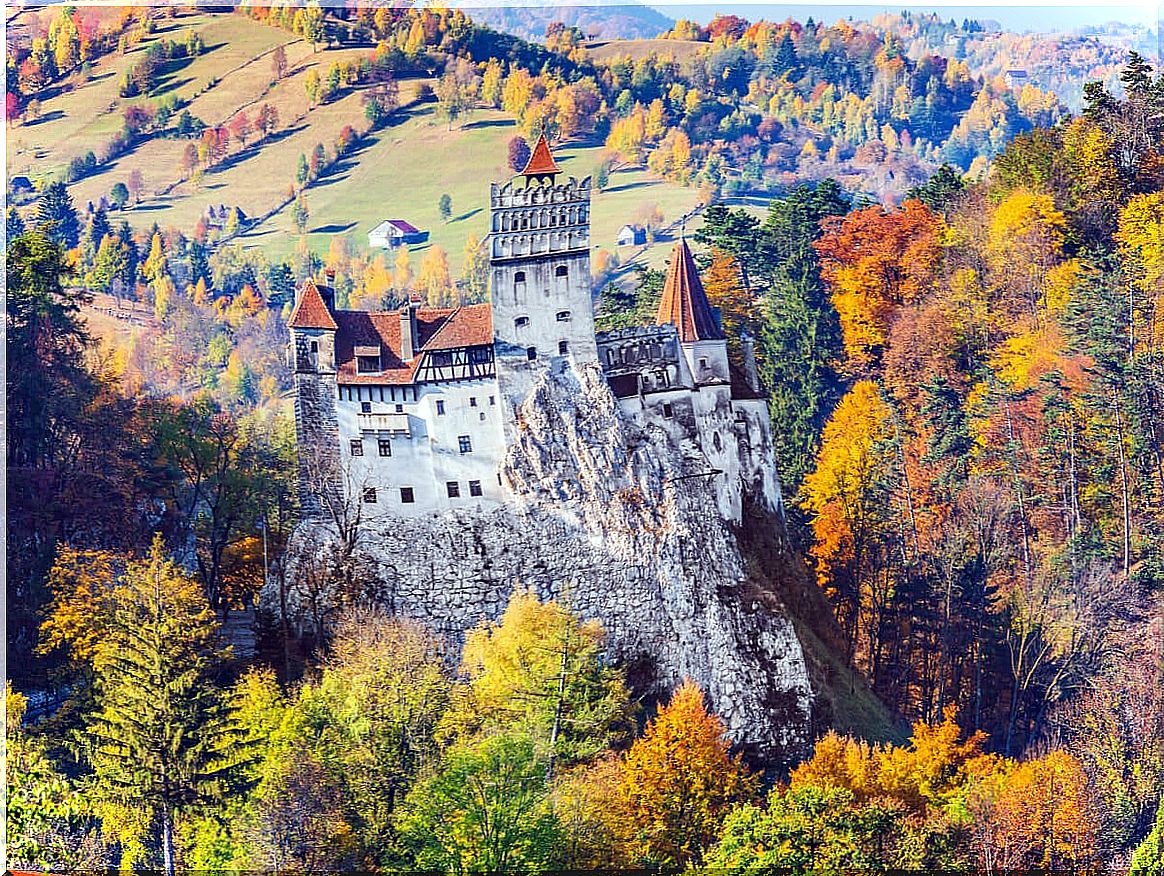
Located in the Transylvania region, in central Romania, this castle is one of the main attractions of the country. Its history began in 1211, when the Knights of the Teutonic Order built their first fortress, but it was in 1377 when it began to have greater relevance.
Thus, due to its importance, it passed through various hands, such as those of the Ottomans or the Habsburgs. In 1918, the castle became part of the territory of Romania; then, between 1920 and 1947, the castle was used as a royal residence. Currently, after various legal disputes, the castle is owned by the heirs of the missing royal family, and is used as a museum open to the public.
This castle also stands out for being shrouded in a halo of mystery: it is the setting for the legend that revolves around the myth of Dracula created by Bram Stoker.
Black Church of Brasov
This church – on the cover – is located in the city of Brasov, in the southeast of the historic region of Transylvania, just 166 kilometers from Bucharest, capital of Romania. Also known as Biserica Neagra or ‘black church’ due to the fire it suffered in 1689, it is the most important church in Brasov.
This church was built by the Transylvanian Saxon community in the 1380s, making it the most important Gothic-style religious monument in the country. It is 89 meters long and 38 meters wide, and its large sloping roof stands out.
As you can see, in Transylvania there are historical works of all kinds to appreciate. The Gothic style is the one that predominates and dazzles, but surely you will also find many other attractions to fall in love with this region on your next visit.
